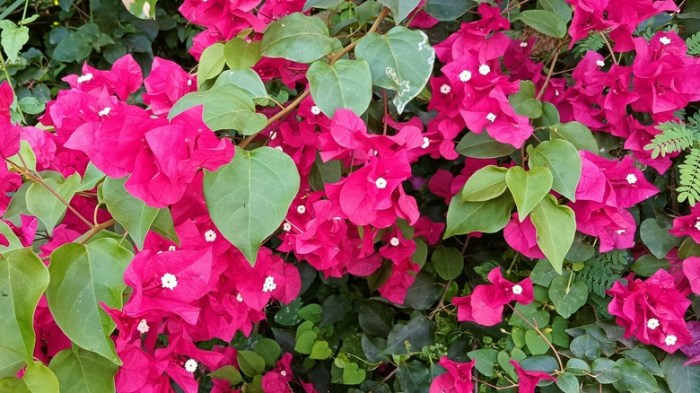Placement and Arrangement of Tall Plant Pots: Tall Plant Pots Outdoor
Tall plant pots outdoor – The strategic placement and arrangement of tall outdoor planters significantly impact the aesthetic appeal and functionality of a patio or outdoor space. Careful consideration of factors such as visual balance, plant compatibility, sunlight exposure, and accessibility is crucial for creating a thriving and visually pleasing environment. The following sections delve into the principles of effective planter arrangement and placement.
Patio Planter Arrangements
Effective arrangement of tall planters involves balancing visual weight and considering the needs of the plants. A well-planned arrangement enhances the overall aesthetic appeal of the patio and creates a harmonious outdoor space. Below are three distinct examples showcasing different approaches to planter arrangement.
- Symmetrical Arrangement: This classic approach features two identical tall planters flanking a central focal point, such as a patio table or a smaller fountain. Imagine two large terracotta pots, each containing a vibrant hibiscus, placed equidistant from a wrought-iron table. This creates a sense of order and balance, visually anchoring the space. The symmetrical placement also simplifies watering and maintenance, as both plants receive similar sunlight exposure.
- Asymmetrical Arrangement: This style uses planters of varying heights and colors to create a dynamic and visually interesting display. For instance, one tall, slender planter containing a bamboo plant could be placed near a corner, contrasted by a shorter, wider pot filled with trailing petunias situated closer to the seating area. The asymmetry adds visual interest and prevents monotony.
The different heights and plant types offer textural contrast and visual depth.
- Linear Arrangement: A row of tall planters placed along a wall or fence creates a visually striking linear element. Consider a series of three similarly sized, dark-colored planters, each containing a different variety of upright grasses. This creates a sense of rhythm and continuity, leading the eye along the designated space. This arrangement is particularly effective in longer, narrower patios, providing a sense of structure and elegance.
Impact of Planter Heights and Colors
The height and color of planters profoundly influence the overall aesthetic of an outdoor space. Tall planters can add vertical interest and draw the eye upward, creating a sense of height and grandeur, especially in lower-ceilinged patio spaces. Conversely, shorter planters contribute to a more grounded and intimate feel. Color plays a vital role in establishing mood and style.
Dark-colored planters, such as black or dark brown, can provide a sophisticated and modern look, while lighter colors, such as white or terracotta, offer a more relaxed and casual feel. The color of the planter should also complement the color of the plants and the surrounding environment. For example, a bright red planter might contrast beautifully with the green foliage of a potted palm.
Factors to Consider When Selecting Planter Placement, Tall plant pots outdoor
Careful consideration of several factors ensures that the placement of tall outdoor planters is both aesthetically pleasing and practically sound.
- Sunlight Exposure: Different plants have different sunlight requirements. Placing sun-loving plants in full sun and shade-tolerant plants in partial shade is crucial for their health and growth. For example, succulents thrive in full sun, while ferns prefer shade.
- Proximity to Buildings: Ensure that tall planters are placed far enough from buildings to prevent damage to the structure from roots or potential water damage. The distance required depends on the type of plant and the building material.
- Accessibility for Watering: Choose a location that allows easy access for watering and maintenance. Consider the placement of water sources and the ease of moving around the planters.
- Wind Exposure: Tall, slender planters are more susceptible to being toppled over by strong winds. Consider placing them in sheltered locations or using weights to stabilize them.
- Weight and Stability: Tall, heavy planters are more stable than lighter ones. If using lighter planters, consider using additional weights or securing them to prevent them from tipping over, particularly in windy conditions.
FAQ Summary
What are the best plants for tall, shady planters?
Hostas, ferns, aspidistra, and impatiens are excellent choices for tall planters in shady locations. They thrive in low-light conditions and add lush greenery to your outdoor space.
How often should I water tall outdoor planters?
Watering frequency depends on factors like weather, pot material, and plant type. Check the soil moisture regularly; water thoroughly when the top inch feels dry. Avoid overwatering, which can lead to root rot.
How can I prevent pests and diseases in my tall planters?
Regularly inspect plants for signs of pests or diseases. Use appropriate organic or chemical pest control methods as needed. Ensure good drainage to prevent root rot.
What type of soil is best for tall outdoor planters?
Use a well-draining potting mix specifically formulated for containers. Amend the soil with compost to improve drainage and fertility.
Tall outdoor plant pots offer a striking vertical element to any garden design. For a truly majestic statement, consider the scale and warmth of huge terracotta plant pots , their earthy tones perfectly complementing a variety of plants. These larger pots, however, require careful consideration of placement and the weight they will add to your outdoor space.










